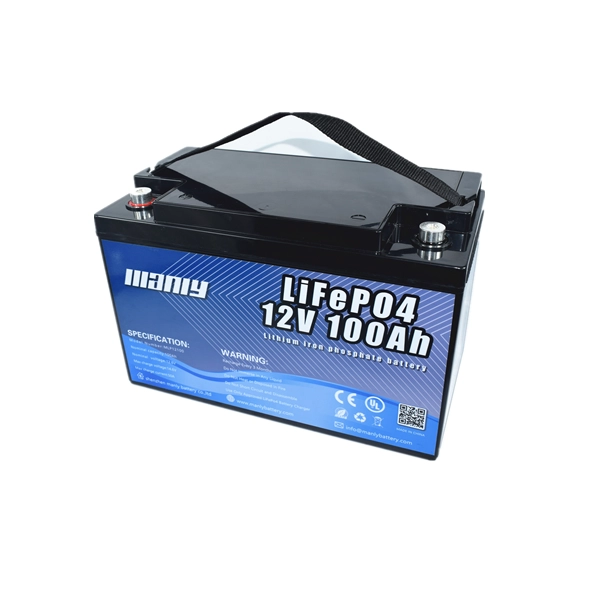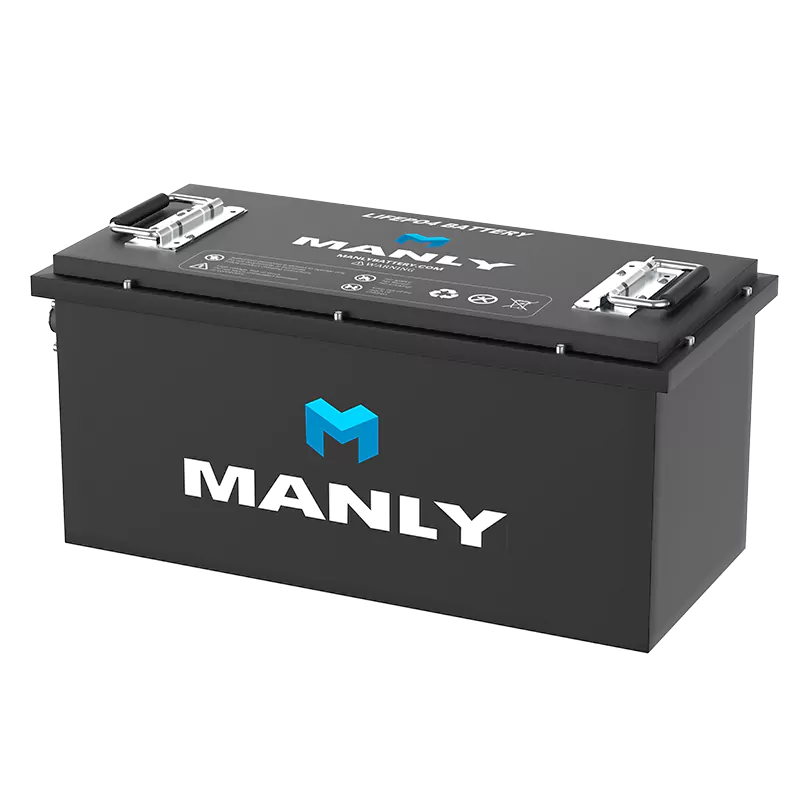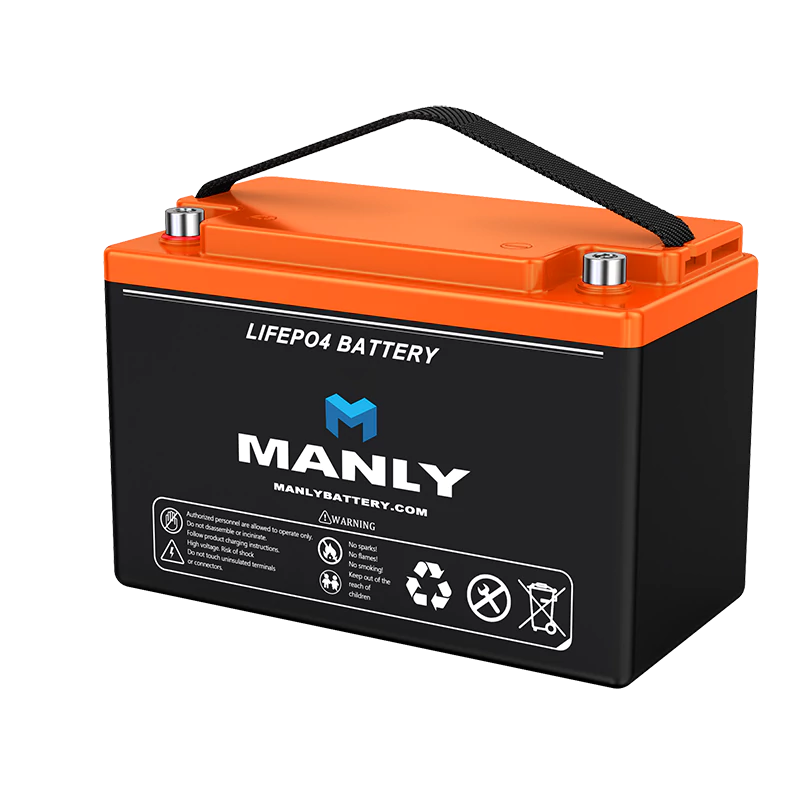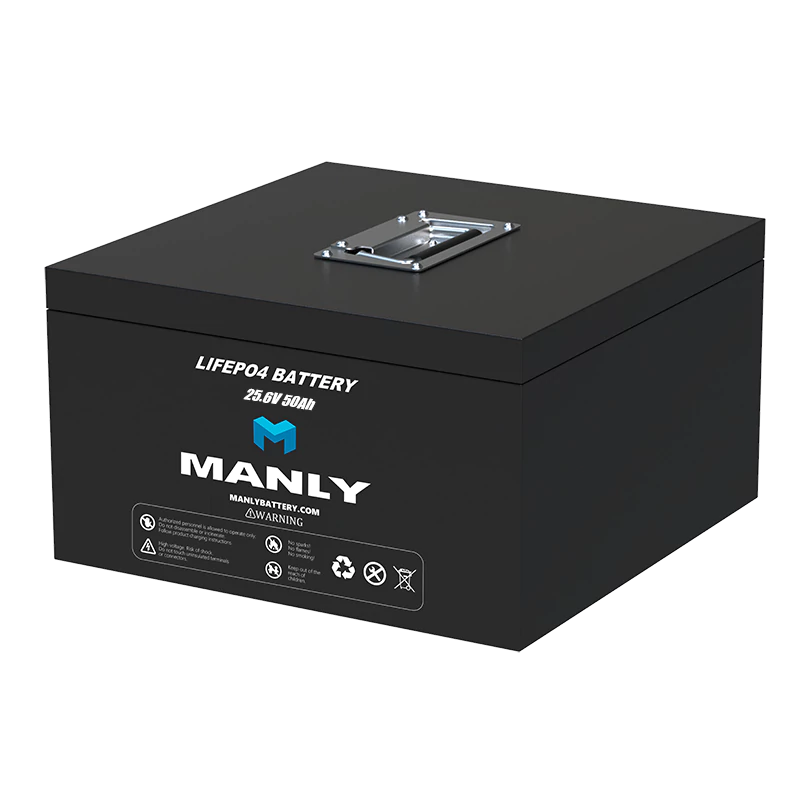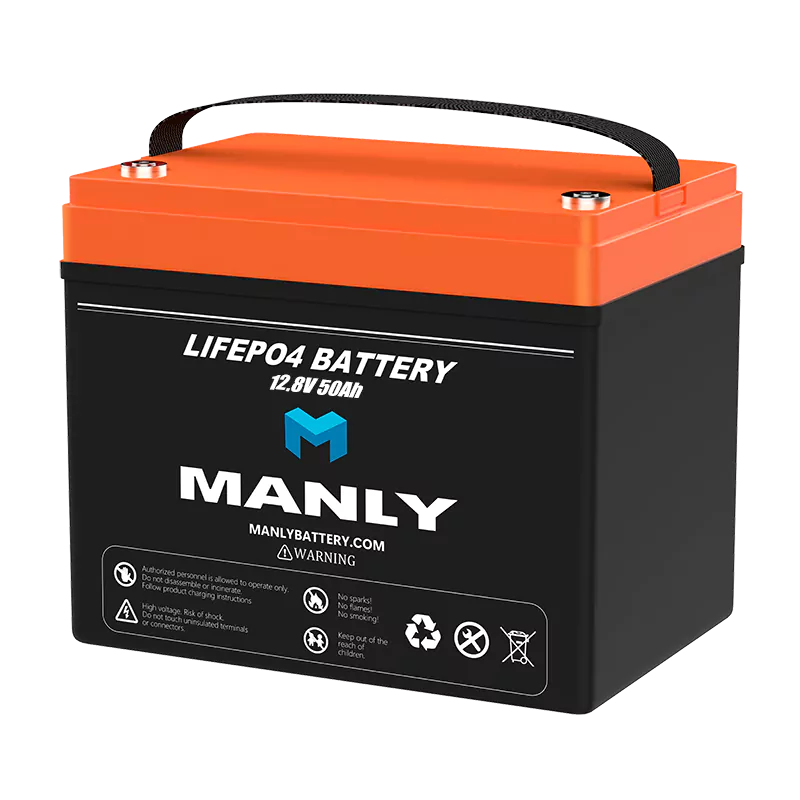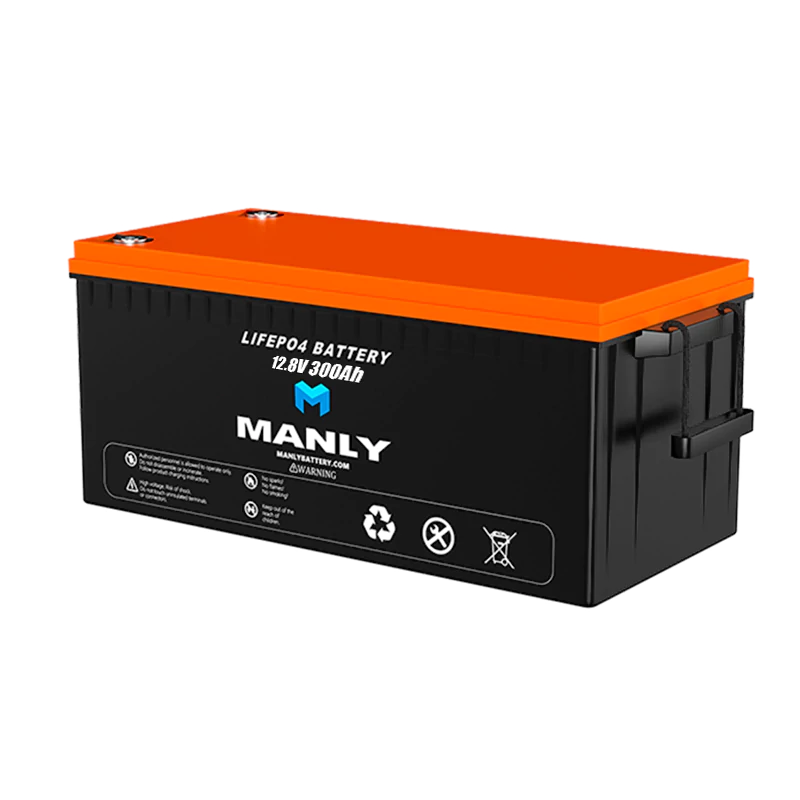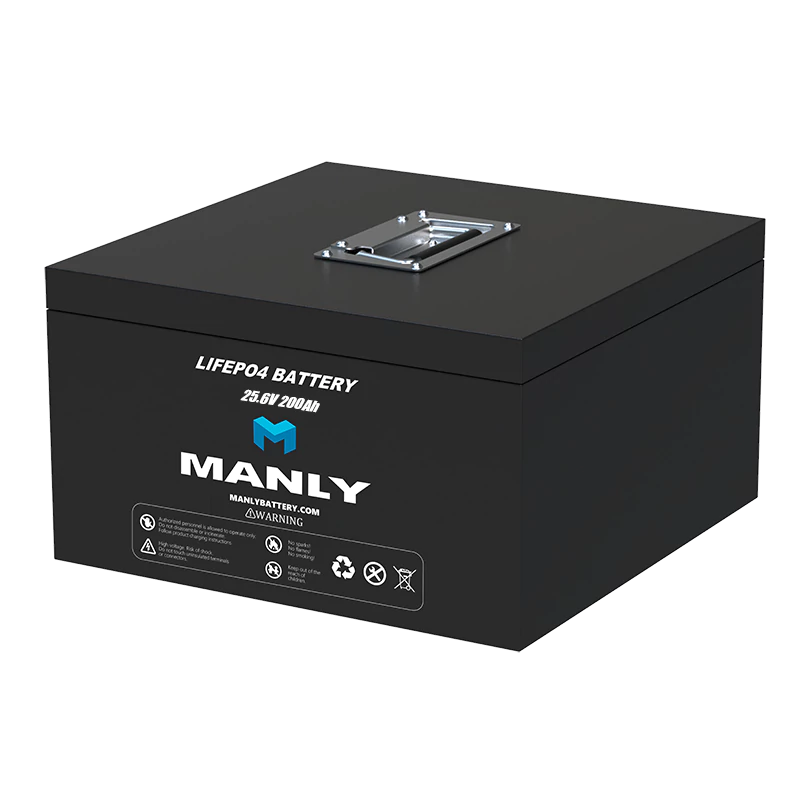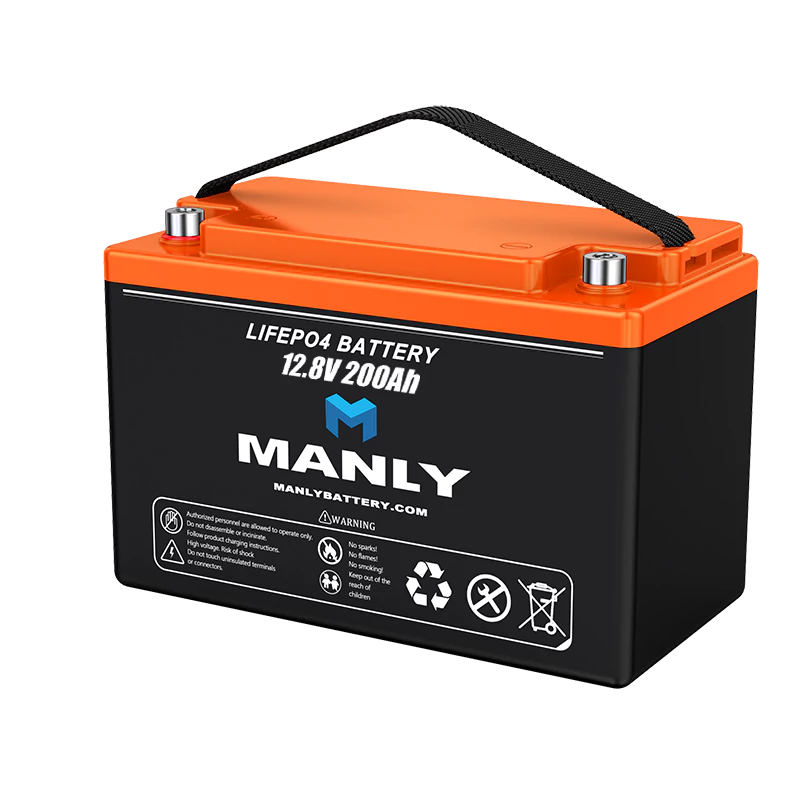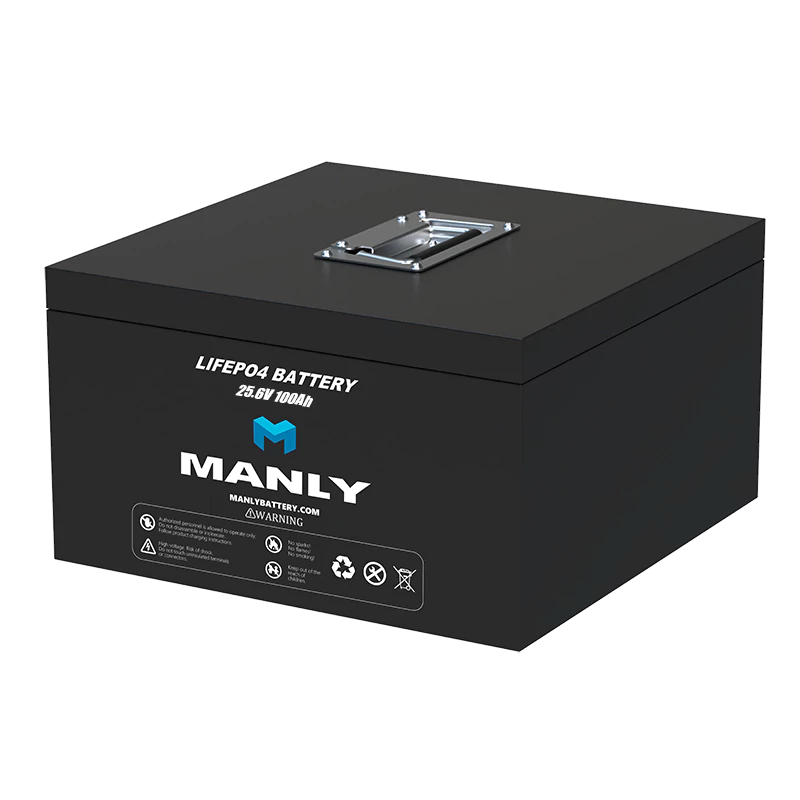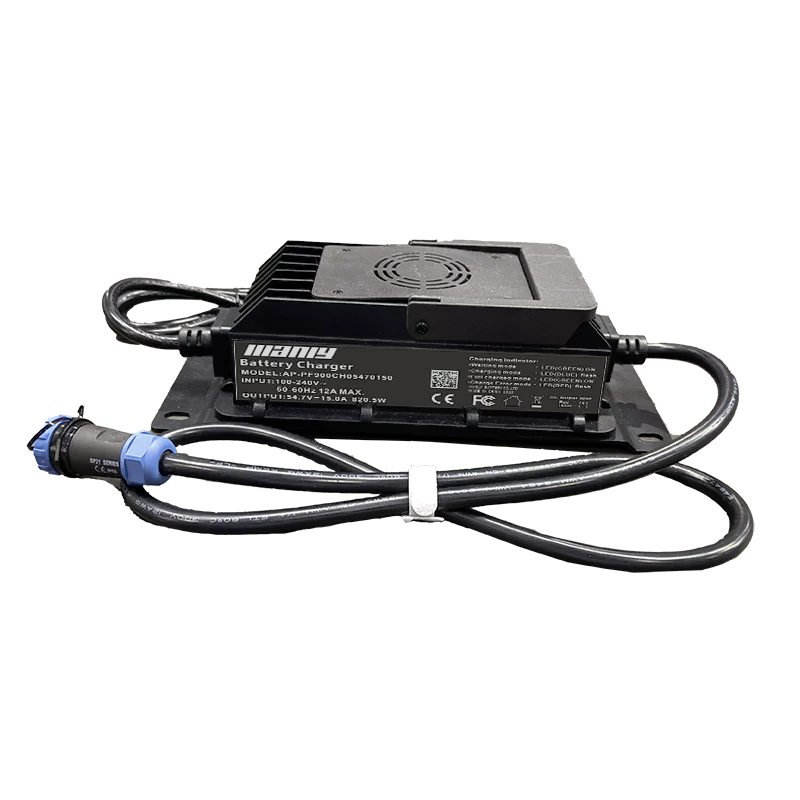Lead-Acid vs. Lithium: Solar Battery Showdown
Table of Contents
- Lead-Acid vs. Lithium: Solar Battery Showdown
1. What is Batteries?
Batteries are electrochemical gadgets that both store and create electrical energy by means of a compound cycle. They incorporate at least one electrochemical cells that, when associated with a circuit, convert compound energy into electrical energy. A battery can power a wide range of things when connected to another system or object, such as automobiles and electrical machinery.Batteries are much of the time utilized for a great many applications, from little compact gadgets like cell phones and PCs to bigger scope utilizes like fueling electric vehicles (EVs), putting away energy created by sustainable sources like sunlight based chargers and wind turbines, and filling in as a reinforcement power source in case of blackouts. Since they empower the utilization of a versatile and stable wellspring of force for various purposes, they are urgent to current innovation and day to day existence.2. Why are batteries the essential component of the solar system
Batteries are a key part of a solar system since they help to provide a steady and stable energy source, particularly during times when sunshine is scarce, as at night or on cloudy days. In solar systems, batteries are essential for the following reasons:2.1 Energy Storage
Solar panels generate electricity when they are exposed to sunlight, however this generation is unpredictable and weather-dependent. By storing additional energy produced during sunny hours, batteries allow homes and businesses to enjoy solar power even when the sun isn't shining.2.2 Grid Independence
By employing batteries, solar system owners may be able to reduce their reliance on the grid. Since excess energy generated during times of high energy production may be stored in batteries for later use, purchasing electricity from the grid is not always essential.2.3 Energy Continuity
During power outages, batteries' constant power supply guarantees that vital systems and appliances continue to function. This is crucial for residences and enterprises that place a high priority on energy security.2.4 Peak Load Management
Batteries can be used to manage peak electricity demand. Solar power stored in batteries can be deployed during peak demand periods, reducing electricity bills and relieving stress on the grid.2.5 Increased Self-Consumption
Batteries allow users to maximize self-consumption of the energy they generate. Excess energy can be stored for use during nighttime or periods of low solar production, increasing the efficiency of solar systems.2.6 Environmental Benefits
By storing excess solar energy in batteries, users can reduce their reliance on fossil fuels and lower greenhouse gas emissions, contributing to a cleaner and more sustainable energy future.Batteries are crucial in solar systems because they enhance energy reliability, increase self-sufficiency, and contribute to a more sustainable and resilient energy infrastructure. They empower users to make the most of their solar investments and reduce their environmental impact.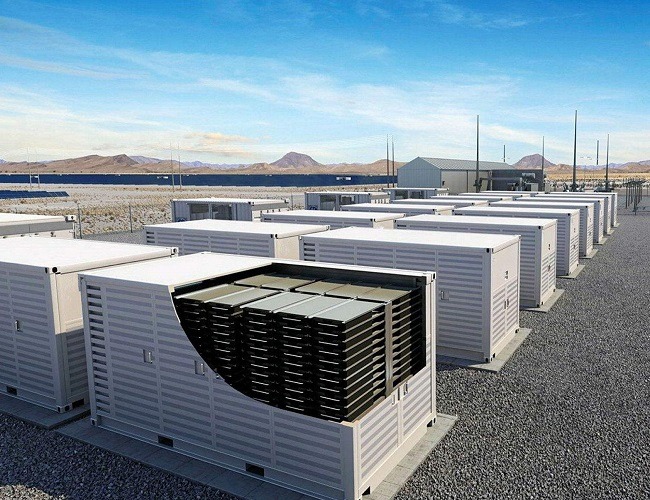
3. Batteries: The Traditional Choice
When it comes to storing energy from your solar panels, batteries are the tried-and-true option. They’ve been used for decades and provide a reliable way to stockpile electricity for use when the sun isn’t shining.3.1 What are Lead-acid Batteries
The most common batteries for solar energy systems are lead-acid batteries. They’re affordable, readily available, and well-suited for the frequent charge and discharge cycles involved with solar energy storage. The downside is that they typically only last 3-5 years.3.2 What are Lithium-ion Batteries
The storage of solar energy is increasingly being done using lithium-ion batteries, which are similar to those used in computers and electric cars. They take up less space, have a lifespan that is 10 to 15 years longer, and are able to generate more power relative to their size. On the other hand, their initial costs are often much higher. If money is an issue, switching to lithium-ion batteries may not be the best financial decision, particularly for a storage system with a lot of capacity.Your requirements and top objectives should guide your decision on the sort of battery to choose. When it comes to maximum capacity and performance, lithium-ion batteries are superior than lead-acid batteries. Lead-acid batteries are wonderful for basic energy storage since they are inexpensive. You can figure out which kind of battery would work best for your solar power system if you consider the benefits and drawbacks of each option. The future is shining, so if you want to keep all that brightness in your life, make sure you have enough power in your batteries.4. Exploring Lead-Acid Batteries for Solar Storage
Lead-acid batteries are a form of rechargeable battery that have been used for more than a century in a variety of different applications. They have sponge lead as the negative plate, lead dioxide as the positive plate, and a diluted sulfuric acid solution as the electrolyte. The positive plate is the positive electrode, and the negative plate is the negative electrode. These batteries are available in a wide variety of configurations, the most popular of which being flooded lead-acid and sealed lead-acid (SLA) batteries.4.1 Advantages of Lead-Acid Batteries in Solar Storage
4.1.1 Cost-Effective
Lead-acid batteries are generally more affordable upfront compared to some newer battery technologies, making them an attractive option for cost-conscious solar system owners.4.1.2 Proven Reliability
Lead-acid batteries have a well-established track record for reliability and performance in solar energy storage applications.4.1.3 Ease of Maintenance
Routine maintenance tasks, such as topping up electrolyte levels in flooded lead-acid batteries, are relatively straightforward, ensuring longevity and continued functionality.4.2 Limitations of Lead-Acid Batteries in Solar Storage
4.2.1 Limited Depth of Discharge (DoD)
Lead-acid batteries are sensitive to deep discharges, meaning they should not be regularly discharged below a certain percentage of their capacity to avoid damage and shorten their lifespan.4.2.2 Lower Energy Density
Lead-acid batteries have a lower energy density compared to some other battery types, meaning they are bulkier and heavier for a given energy storage capacity.4.2.3 Limited Cycle Life
The number of charge-discharge cycles lead-acid batteries can undergo is generally lower compared to lithium-ion batteries, which may result in a shorter overall lifespan.4.2.4 Maintenance Requirements
Flooded lead-acid batteries require periodic maintenance, including adding distilled water to replenish electrolyte levels.4.3 Best Practices for Using Lead-Acid Batteries in Solar Storage
4.3.1 Proper Sizing
Ensure that the lead-acid battery bank is appropriately sized for the solar system's energy storage needs, taking into account factors like daily energy consumption and solar panel capacity.4.3.2 Regular Maintenance
If using flooded lead-acid batteries, adhere to a maintenance schedule to check and replenish electrolyte levels as needed.4.3.3 Depth of Discharge
Avoid regularly discharging lead-acid batteries below 50% DoD to maximize their lifespan.4.3.4 Charge Control
Implement a charge controller that prevents overcharging, which can damage lead-acid batteries.4.3.5 Ventilation
If using flooded lead-acid batteries, ensure proper ventilation in the battery storage area due to the release of hydrogen gas during charging.5. Exploring Lithium Batteries for Solar Storage
Lithium batteries encompass various chemistries, but the most commonly used in solar applications are lithium-ion (Li-ion) and lithium-iron phosphate (LiFePO4) batteries. These batteries are known for their high energy density and excellent charge and discharge efficiency.
5.1 Advantages of Lithium Batteries in Solar Storage
5.1.1 High Energy Density
Lithium batteries offer a superior energy density compared to traditional lead-acid batteries, resulting in a more compact and lightweight energy storage solution.5.1.2 Long Cycle Life
Lithium batteries typically have a longer lifespan and can endure a significantly higher number of charge-discharge cycles, making them a durable choice for solar storage.5.1.3 Deep Discharge Capability
Lithium batteries can be safely discharged to a much lower state of charge without compromising their longevity, providing more usable energy.5.1.4 Efficiency
Lithium batteries boast high charge and discharge efficiency, minimizing energy losses during storage and retrieval.5.1.5 Low Maintenance
Lithium batteries require minimal maintenance, eliminating the need for routine electrolyte checks and water refilling, as seen in lead-acid batteries.5.2 Considerations for Lithium Batteries in Solar Storage
5.2.1 Initial Cost
While lithium batteries offer long-term savings due to their durability and efficiency, they tend to have a higher upfront cost compared to lead-acid batteries.5.2.2 Battery Management System (BMS)
Lithium batteries require a BMS to manage voltage, current, and temperature, ensuring safe operation and maximizing lifespan.5.2.3 Temperature Sensitivity
Extreme temperatures can affect the performance and lifespan of lithium batteries. Proper insulation or temperature-controlled environments may be necessary in some cases.5.3 Best Practices for Using Lithium Batteries in Solar Storage:
5.3.1 Sizing
Accurately size your lithium battery bank to match your energy storage requirements, considering factors like daily energy consumption and solar panel capacity.5.3.2 Quality Product
Invest in reputable and certified lithium battery products to ensure safety and reliability.6. Which is best to Maximize Your Solar System?
Lithium batteries are a great choice for maximizing and storing energy from your solar panels. Compared to lead-acid batteries, lithium batteries:Lead-acid batteries degrade faster in high heat, while lithium batteries are more temperature-resistant. Lithium batteries can charge to full capacity in a few hours versus 8-12 hours for lead-acid. This allows them to take better advantage of midday sunshine and shorter winter days.The two most common types of lithium batteries for solar energy storage are:6.1 Lithium-ion (Li-ion) batteries
Li-ion batteries are a popular, proven technology used in many electronics. They have a high energy density for their size and weight. However, they can be expensive, and there is a small risk of overheating if not properly maintained.6.2 Lithium iron phosphate (LiFePO4 or LFP) batteries
The lifetime of LFP batteries is much greater than that of Li-ion batteries, and these batteries are also more stable and resistant to heat. On the other hand, the amount of energy that they can store is often heavier. Although LFP batteries may have a greater initial cost, there is a possibility that they may result in a lower total cost over time.When deciding which lithium battery choice is best for your solar system, it is important to take into account your financial limits, the available space, the weather in your area, and how long you want to use the system. In order to regulate the process of charging and discharging lithium batteries effectively, a sophisticated charge controller is required. However, the advantages of optimizing your solar energy using lithium batteries considerably surpass the expenditures for a great number of households as well as commercial establishments. If you want to get the most out of your investment in sustainable solar electricity, using lithium batteries is a terrific method to do so.6.3 Top Recommendations for 12 Volt Lithium Batteries
When it comes to powering your solar energy system, the batteries you choose are critical. The top recommendations for 12-volt lithium batteries are:6.3.1 Battle Born Batteries
Battle Born Batteries are a popular, trusted brand for solar energy storage. Their 100Ah 12V LiFePO4 battery is a great choice for small to medium-sized solar systems. It’s compact, lightweight, and designed to last up to 10 years. Battle Born’s batteries can handle more than 3,500 charge cycles before losing significant capacity. They’re a bit pricey but a solid, long-lasting option.6.3.2 Renogy Smart Lithium Iron Phosphate Batteries
Renogy makes high-quality solar products and their Smart Lithium Iron Phosphate batteries are an excellent choice for solar energy storage. Their 12V 100Ah battery is a durable, safe, and affordable option for powering essential circuits and devices in an emergency. It has a long cycle life of over 2,500 cycles and an integrated Bluetooth module so you can monitor your battery’s status through an app on your phone.6.3.3 MANLY Battery
If you’re looking for high qulity battery, the MANLY 12V 100Ah LiFePO4 lithium battery is a great value option. It’s a sealed, maintenance-free battery that provides stable power for solar systems, RVs, and more. MANLY battery is built to last up to 20+ years and 10 years warranty. While a bit heavier than other brands, the 12V 100Ah model provides plenty of power for its size and price.For the best performance from your solar energy system, choose a reputable brand of lithium iron phosphate batteries, size your battery bank appropriately for your needs, and follow the manufacturer’s recommendations for installation, charging, and maintenance. The batteries you select will directly impact how well your solar system functions, so take the time to make an informed choice.